
In 1959, physics icon Richard Feynman, in a characteristic back-of-the-envelope calculation, predicted that all the words written in the history of the world could be contained in a cube of material one two-hundredths of an inch wide – provided those words were written with atoms.
Now, a little more than 40 years after Feynman’s prescient estimate, scientists at the University of Wisconsin-Madison have created an atomic-scale memory using atoms of silicon in place of the 1s and 0s that computers use to store data.
The feat, reported in the journal Nanotechnology, represents a first crude step toward a practical atomic-scale memory where atoms would represent the bits of information that make up the words, pictures and codes read by computers.
“This is proof of concept of what Feynman was saying 40 years ago,” says Franz Himpsel, a UW-Madison professor of physics and the senior author of the Nanotechnology paper.
Although the memory created by Himpsel and his colleagues is in two dimensions rather than the three-dimensional cube envisioned by Feynman, it provides a storage density a million times greater than a CD-ROM, today’s conventional means of storing data.
The atom, says Himpsel, represents the “hard wall” of technological miniaturization. “We seem to be at a natural limit.”
The new memory was constructed on a silicon surface that automatically forms furrows within which rows of silicon atoms are aligned and rest like tennis balls in a gutter. By lifting out single silicon atoms with the tip of a scanning tunneling microscope, the Wisconsin team created gaps that represent the 0s of data storage while atoms left in place represent the1s.
Like conventional memory, the atomic-scale device can be initialized, formatted, written and read at room temperature.
By manipulating individual atoms at room temperature to create memory, Himpsel and his colleagues are treading a middle ground between atom manipulation at very low temperatures and conventional data storage, which operates at room temperature but uses millions of atoms per bit. It is far easier to manipulate atoms one at a time and keep them stable at very low temperatures, Himpsel says.
The new memory was made without the use of lithography. To make conventional memory chips, light is used to etch patterns on a chemically treated silicon surface. To use lithography to make chips that are denser than the best available chips is prohibitively expensive and difficult.
The new atomic-scale memory was made by evaporating gold onto a silicon wafer, which results in a precise track structure. By subsequently evaporating silicon onto the treated wafer, the Wisconsin team was able to diffuse silicon atoms across the structure where they line up and sit within the tracks like eggs in a carton. These silicon atoms represent the bits of information.
Importantly, the atoms line up in such a way that there are atomically precise gaps between individual atoms, permitting scientists to pluck the particles out using the superfine tip of a scanning tunneling microscope without disturbing neighboring atoms and possibly creating unwanted chemical bonds.
While the Wisconsin work proves the feasibility of atomic-scale memory and provides a platform for exploring the fundamental limits of data storage, the technology will require years, if not decades, of refinement to achieve a practical working memory that could be mass produced, Himpsel says. Obvious drawbacks, he notes, are the fact the memory was constructed and manipulated in a vacuum, and that a scanning tunneling microscope is needed to write memory which makes the writing process very time consuming.
Moreover, there is a tradeoff between memory density and speed, Himpsel says. “As density increases, your ability to read the memory comes down because you get less and less of a signal. As you make things smaller, it’s going to get slower.”
An intriguing aspect of the Wisconsin work is that memory density is comparable to the way nature stores data in DNA molecules. The Wisconsin atomic-scale silicon memory uses 20 atoms to store one bit of information, including the space around the single atom bits. DNA uses 32 atoms to store information in one half of the chemical base pair that is the fundamental unit that makes up genetic information.
“Compared to conventional storage media, both DNA and the silicon surface excel by their storage density,” says Himpsel.

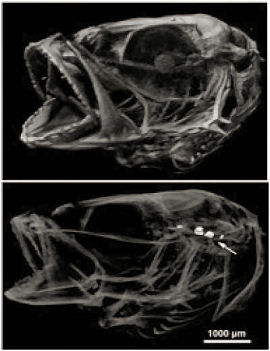






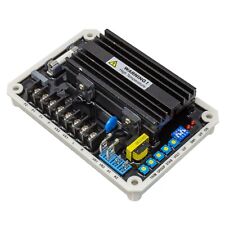
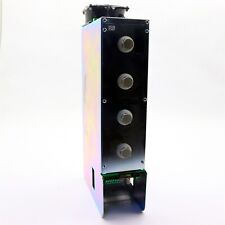
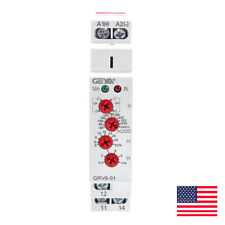
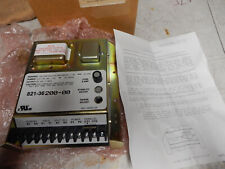

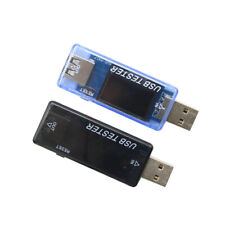

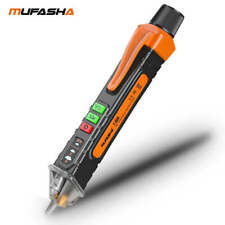
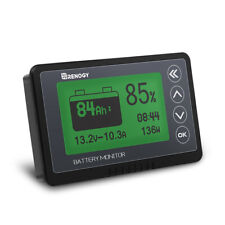

Comments are closed.